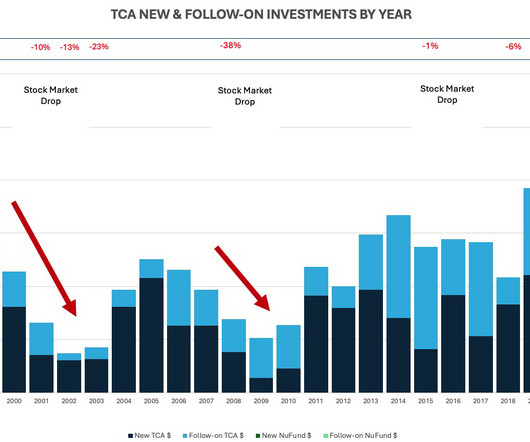Brazil’s Monkey nabs $6M Series A for financial marketplace
TechCrunch
FEBRUARY 4, 2021
The São Paulo-based startup was founded in 2016 by a trio that includes former Citi investment banker Gustavo Müller, Bruno Oliveira (who worked in strategic planning for Telefonica) and Felipe Adorno, an ex-senior developer for Netshoes and Infracommerce. Typically these have been relationships between one bank and a buyer.
















Let's personalize your content